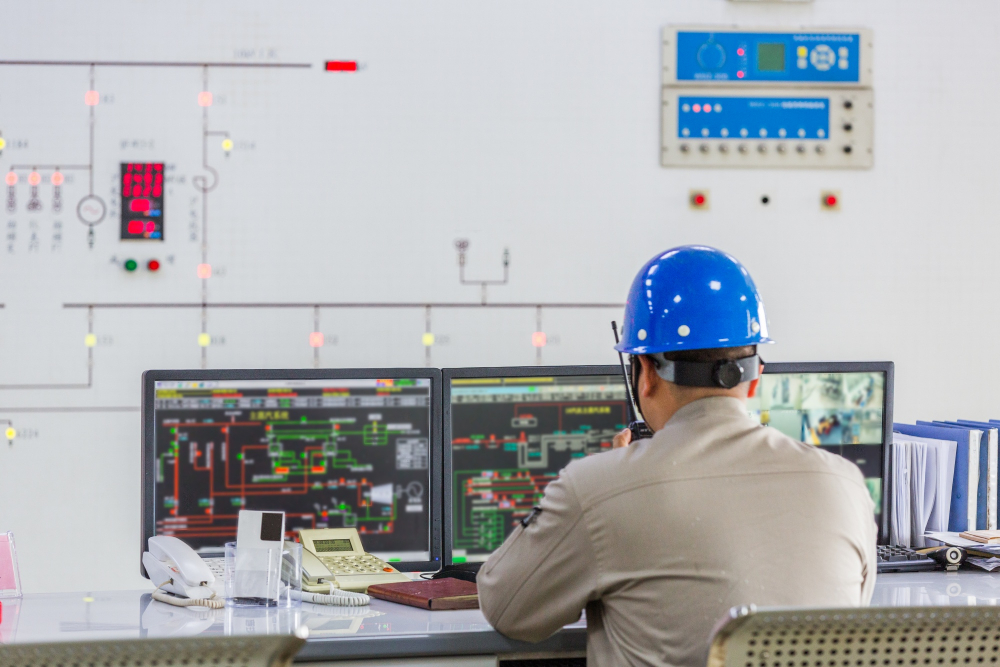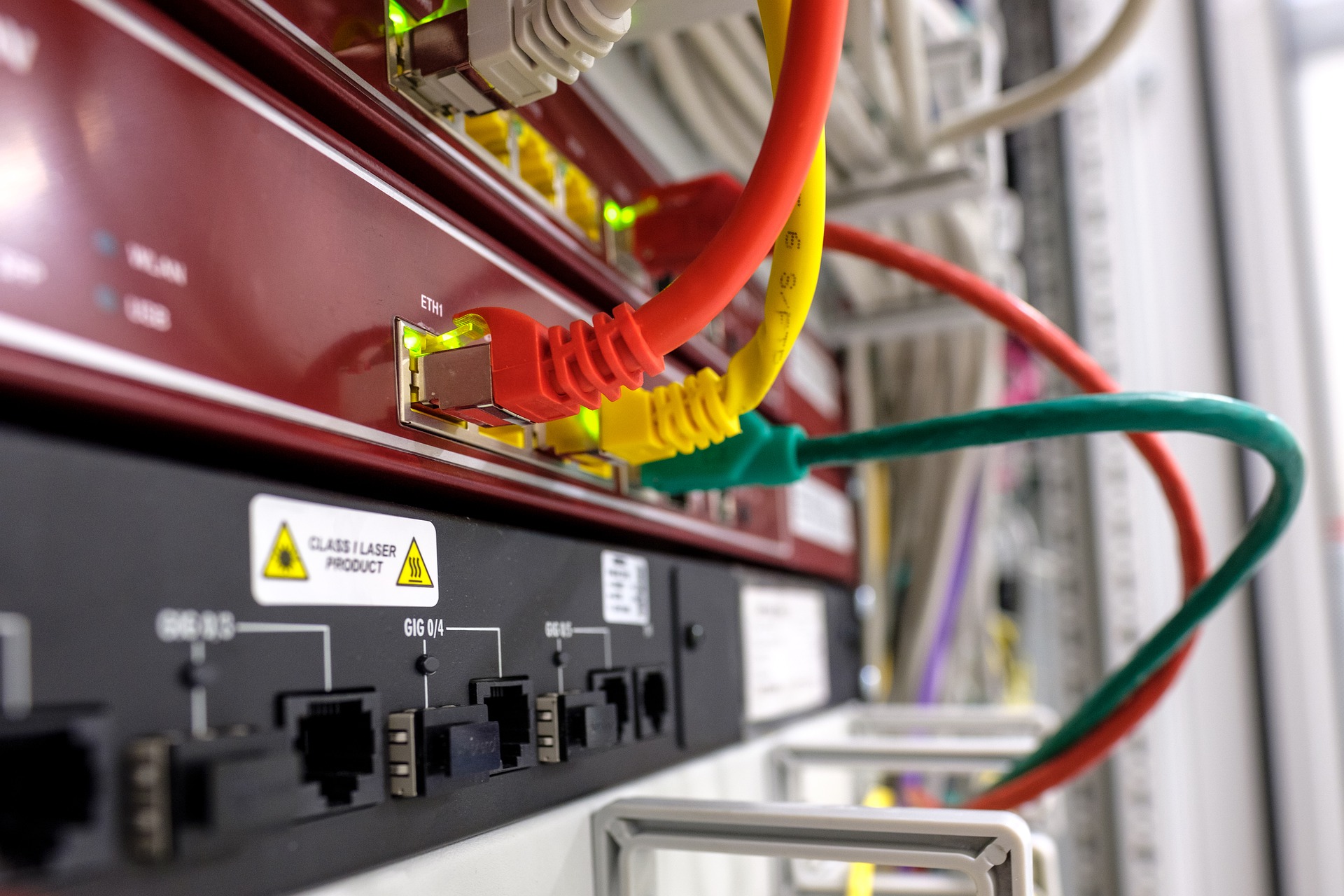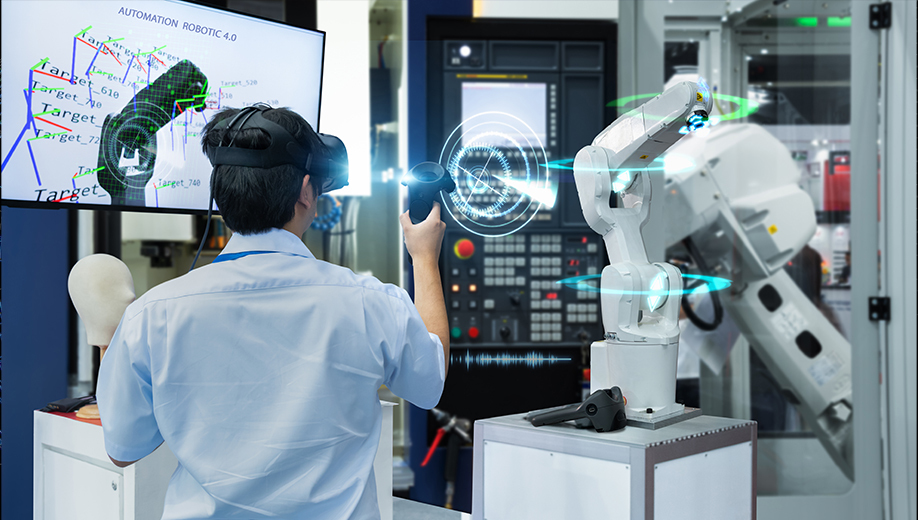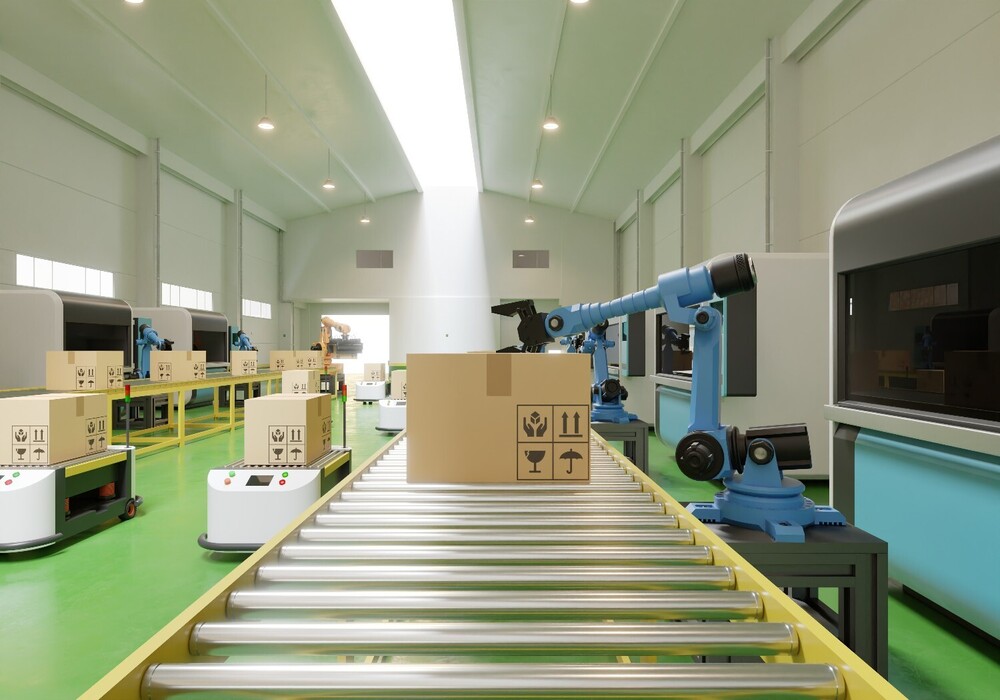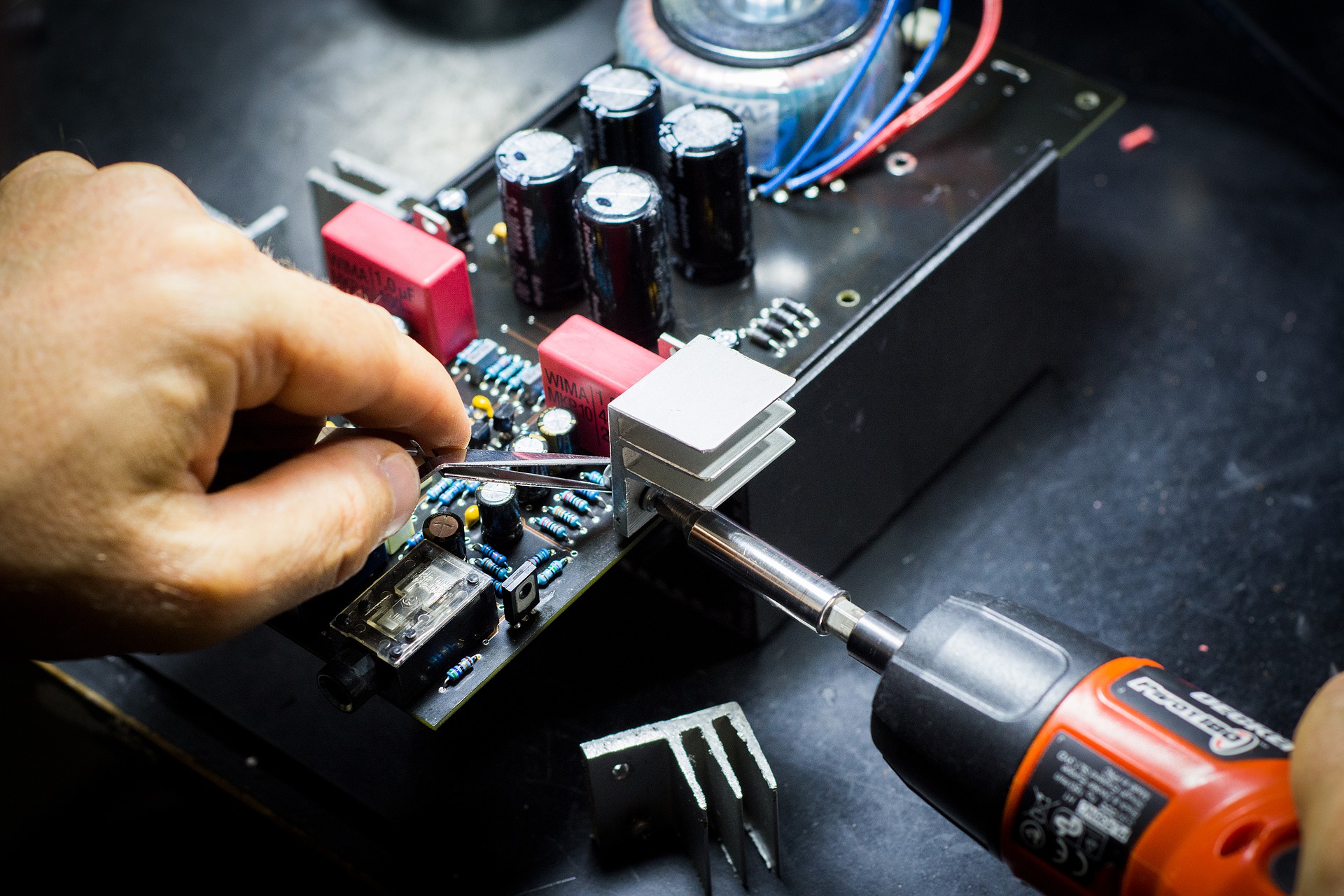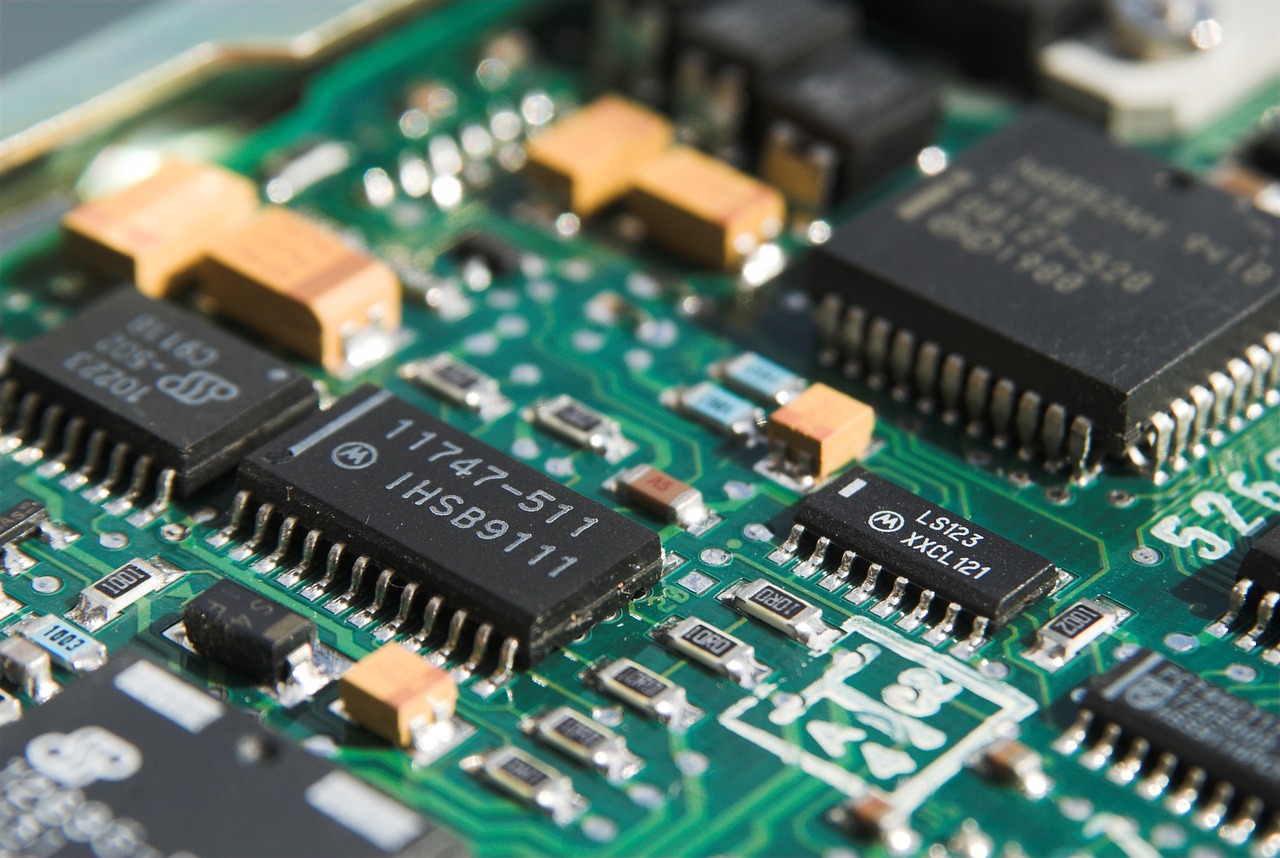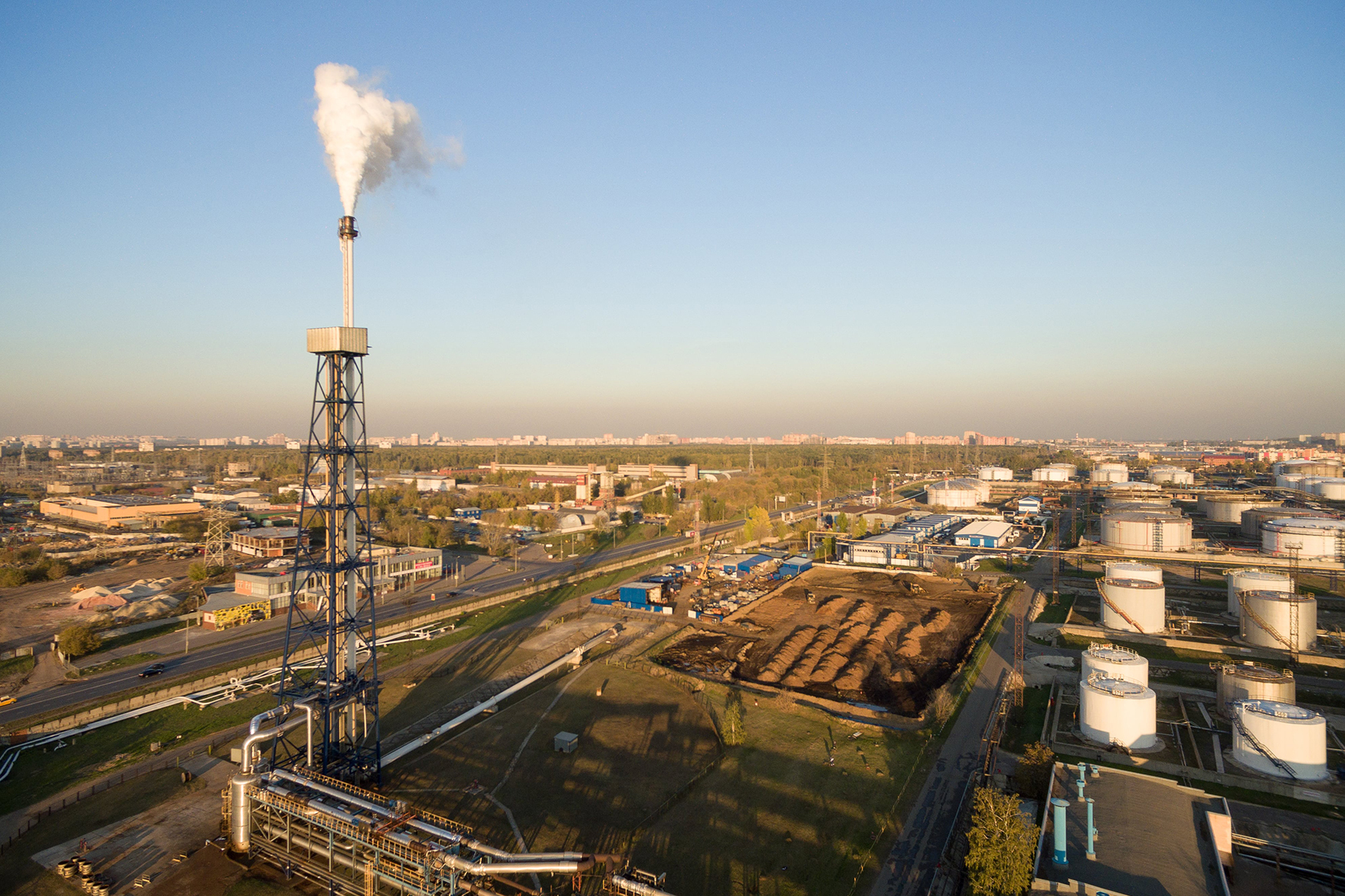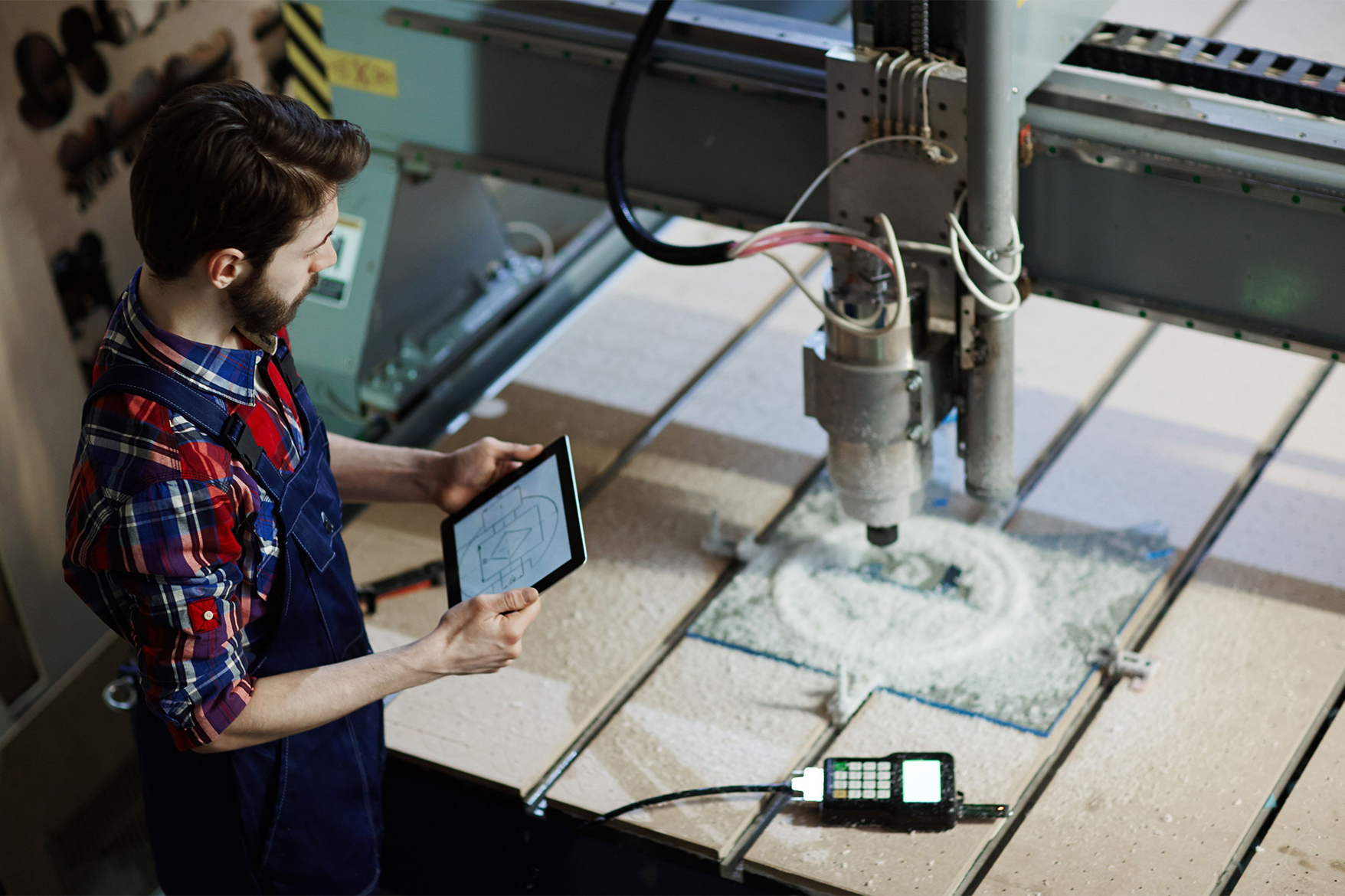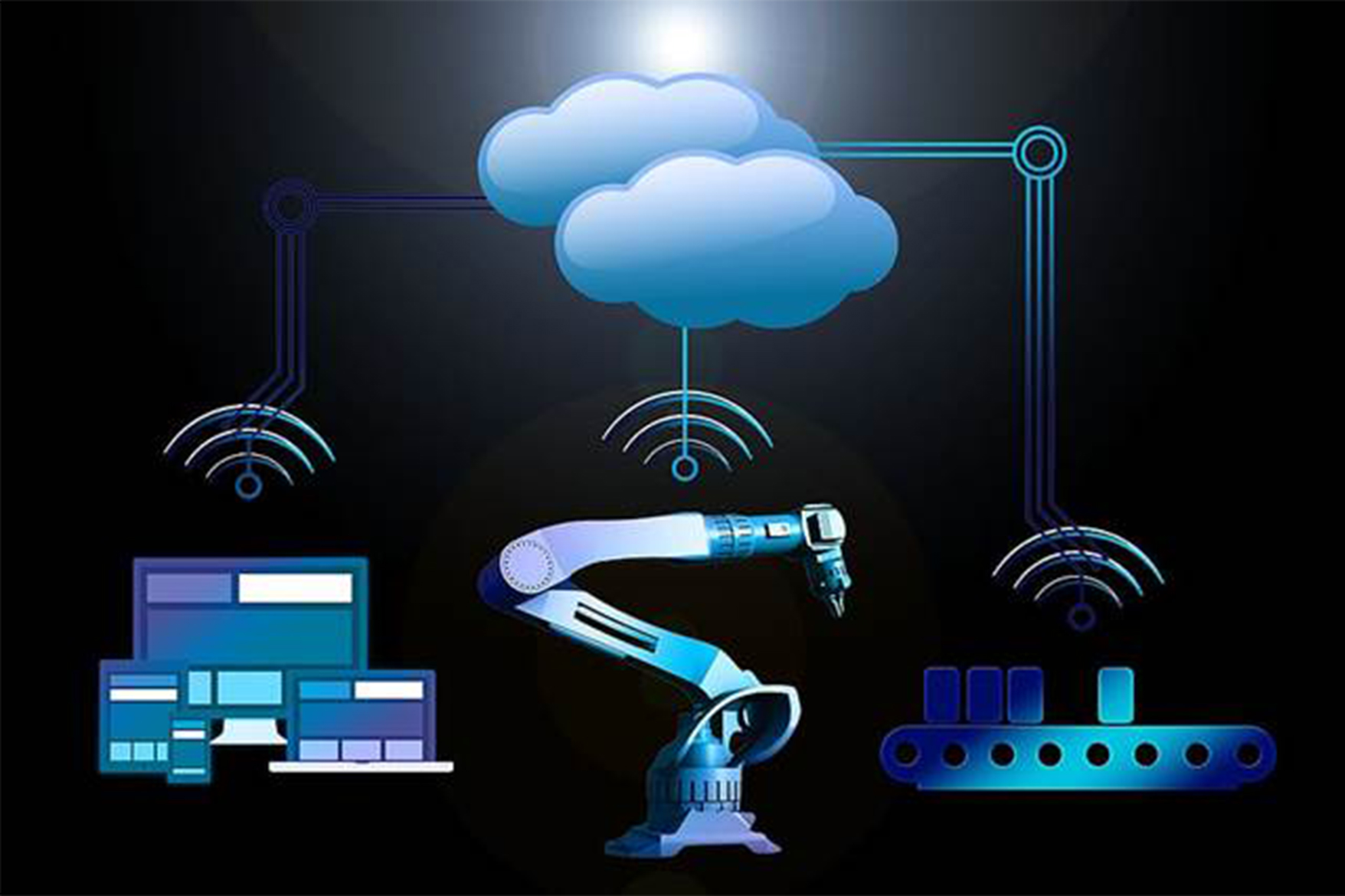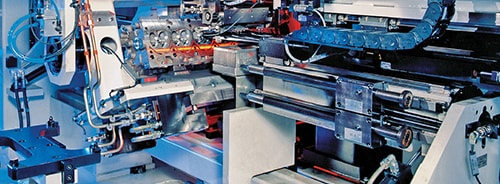Industrial safety protocols are communication protocols used to send information critical to the safe operation of machinery in manufacturing lines, process plants, and other industrial settings. They are intended to detect communication issues such as message corruption, delay, insertion, loss, and repetition.
Control, safety, synchronization, and motion are just a few of the automation applications it may link via the Common Industrial Protocol. It’s an object-oriented protocol in which an object model represents devices, network-specific objects define how parameters are configured, and communication objects provide ways for initiating communications and accessing data and services from other devices in the network.
Let’s discuss some of the well-known industrial safety protocols:
- Ethernet
- CC-Link Industrial Networks
- HART Protocol
- Interbus
- RS-232 & RS-485
- CIP Safety
- PROFIsafe
- openSAFETY
- FSoE (Safety over EtherCAT) supports EtherCAT®.
Ethernet is the most often used technology for Local Area Networks (LANs) and Wide Area Networks (WANs). Ethernet communication uses the LAN protocol, also known technically as the IEEE 802.3 standard. This industrial network protocol has been developed and refined to transmit data at a one-gigabit rate per second.
An open industrial network that allows equipment from many manufacturers to interact. It is mostly utilized in machine, cell, or process control applications in the manufacturing and production sectors. Still, it may also be employed in facilities management, process control, and building automation.
Highway Addressable Remote Transducer, a digital industrial automation standard, was implemented early on. The most obvious advantage is that it can communicate via conventional 4-20 mA analog instrumentation cabling, sharing the pair of wires that the previous system utilized.
A serial bus system links control systems with I/O modules located throughout the plant and sensors and actuators (e.g., temperature sensors, position switches, etc.).
RS-485 is a popular serial communications standard known as TIA/EIA-485. The Electronic Industries Alliance and the Telecommunications Industry Association collaborated on the development of the standard. An electrical system is completely balanced, and multipoint systems are enabled.
Digital communications networks that adhere to the standard may be used over long distances and in electrically noisy environments with success. A linear, multidrop bus may link several receivers to such a network. Because of these features, RS-485 is helpful in industrial control systems and other related applications.
The industry protocols presently supported by the Industrial Safety Network are the most relevant.
Whether or not a Safety PLC is present, CIP Safety allows safety devices to coexist with normal control devices on the same CIP Network. In this situation, safety sensors may operate with variable speed drives, safety controllers with standard PLCs, and proximity switches. Any standard control device cannot compromise the integrity of the safety control loop, regardless of the device combination employed.
PROFIsafe is a cost-effective and adaptable functional safety solution that is independent of the communication mode. It covers the whole communication line from the sensor to the controller to the actuator by combining safety and standard communication on a single cable (black channel principle).
openSAFETY is a bus-based protocol that allows safety data to be sent between end devices and higher-level automation systems through existing Industrial Ethernet connections – connections often established and utilized for routine monitoring and control. OpenSAFETY is interoperable with a wide range of Industrial Ethernet versions, unlike other bus-based safety protocols that are only compatible with a single or a few unique Industrial Ethernet implementation and are inconsistent with other systems.
Safety over EtherCAT (abbreviated FSoE “FailSafe over EtherCAT”) is an open protocol that defines a safety-related communication layer for EtherCAT. EtherCAT safety satisfies IEC 61508 SIL 3 requirements, allowing safe and standard data to be sent on the same communication system without regard for transfer speed or cycle time.
Why Mobile Apps Are Crucial for Improving Industrial Safety?
Factories require a highest level of accuracy to amplify productivity, and in the present world, innovation is critical to accomplishing that precision. One crucial application of the industry safety protocols is in its effective and efficient communication of industrial data with the mobile apps.
Before the use of digital apps, safety information was manually logged, stored and analyzed. In the unfortunate event of missing records, the resulting performance issues, downtime and physical harm to the workers was a major concern for the stakeholders.
A mobile application allows onsite workers, managers and stakeholders to deal with all remote tasks of monitoring, and taking crucial decisions related to preventive/predictive maintenance and plant safety. With increased adoption of mobile technology and security applications, the number of mishaps will decrease and further improve safety in an industrial environment. These safety applications are utilized for security by contractors and site managers in basically every modern industrial setting. Security focused mobile applications can enhance employee protection and help safety managers keep track of incidents.
Mobile applications in industrial safety enables you to take advantage of the sensors you’ve introduced as a component of your IoT interface, empowering your team to recognize machines requiring preventive support or maintenance. Another advantage is immediate access to real-time safety information through a searchable cloud database. This helps to identify and fix certain problem areas or trends before they become that may pose a threat to the staff and turn into a real-world problem.
Conclusion
In simple words, industry 4.0 will demand modern applications, safety regulations, and cutting-edge tools to keep up with the pace. After reading this blog, we hope you have a sound knowledge of different industrial safety protocols and their applications.

